Kamala Dye
Kamala Natural Dye comes from the fruit of Mallotus philippensis, a tropical tree native to Southeast Asia. The tree’s bright red fruit husks contain rottlerin, a pigment that produces clear flame oranges and tangerine oranges on natural fibers, especially wool and silk.
Since rottlerin only dissolves in alkaline solutions, you must add an alkaline modifier to the dye bath to extract the color effectively. We source our ground kamala India’s finest red powder to deliver rich, vibrant color at just 25% weight-of-fabric.
Background on Kamala Dye
The kamala tree (Mallotus philippensis) grows across South and East Asia, from the Philippines to Kashmir. For centuries, people have valued its fruit as a natural dye for wool and silk, and as a remedy in traditional Ayurvedic medicine. Practitioners use kamala to treat skin issues such as scabies and ringworm (Kumar et al. 2016: 928-929), and some believe that fabrics dyed with kamala may benefit the skin (ibid).
The red husks surrounding the fruit contain rottlerin and isorottlerin two powerful, non-water-soluble pigments. These pigments dissolve in alcohol and alkaline solutions. By adding an alkaline modifier such as soda ash to the dye bath, you can easily apply the pigments to natural fibers. Wool takes on brilliant flame orange hues, silk develops bold tangerine shades, while cotton typically results in pale oranges.
We import our kamala husks directly from India and finely grind them to produce intense, saturated color on wool and silk at a recommended usage rate of 25% weight-of-fabric.
Safety Precautions for Kamala Dye
- Do not ingest. This product is for textile dyeing only and is not an herbal supplement.
- Wear a mask. Ground kamala is a fine, dusty powder. Use a mask to avoid inhaling it, and open containers carefully to prevent spills.
- Avoid eye contact. If powder gets into your eyes, rinse immediately with cool water.
- Do not apply to skin or hair. This product is not suitable for use in cosmetics.
- Clean up spills quickly. Use a paper towel or disposable rag to wipe up any spills.
- Use dedicated tools. Always dye with pots, utensils, and tools that you do not use for food preparation.
- Keep out of reach. Store all powders, dye baths, and mordants away from children and pets. Only use this product under adult supervision.
We are not responsible for misuse or for any accidental staining of clothing, surfaces, or personal items. Always follow the instructions and handle with care.
Recommended Supplies for Kamala Dye
- Dye pot. Choose a dye pot large enough to comfortably hold your fibers, allowing them to move freely and ensuring the dye liquid circulates well.
- Metal tongs. Use tongs to stir and remove fabric from the dye pot. Reserve a pair specifically for dyeing. Never reuse them for food.
- Rubber gloves. Protect your hands while handling mordanted or dyed fiber before rinsing.
- Candy thermometer. Clip a candy thermometer to the side of the pot to monitor temperature accurately.
- Scale. Weigh your fibers, mordants, and dyestuffs precisely using a kitchen or digital scale.
- Alum mordant. Use aluminum potassium sulfate (potash alum) to brighten and fix the color. You can often find it in the spice section of grocery stores.
- Soda ash. Also known as washing soda, soda ash raises the pH of the dye bath and activates the orange pigment rottlerin.
- pH Strips. Use pH strips to ensure your dye bath reaches a pH of 10 for proper color extraction.
Mordanting with Alum
Kamala Fruit will dye protein fibers without a metal mordant, but using alum will deepen the color and improve lightfastness. Soak fibers in water for several hours before mordanting to allow even absorption. Always weigh fibers while they are dry.
For Protein Fibers (wool, silk, alpaca, etc.):
- Weigh dry fiber and calculate 12% of that weight to determine the amount of alum needed.
- Fill your dye pot with hot tap water, leaving space for the fibers.
- Add the measured alum and stir until dissolved.
- Gently submerge the pre-soaked fiber into the mordant bath.
- Heat to 180°F and maintain for 1 hour. Do not let the bath bubble—reduce heat if needed.
- Stir every 15–20 minutes for even mordanting.
- After 1 hour, remove from heat and let cool to room temperature. For best results, let the fibers steep overnight.
- When ready, put on gloves, gently squeeze out excess solution, and rinse briefly in lukewarm water.
- Set fibers aside until ready to dye. Keep all materials out of reach of children and pets.
- Dispose of the mordant solution according to local guidelines.
For Cellulose Fibers (cotton, linen, etc.):
Kamala Fruit has a weaker bond with cellulose fibers, often producing pale shades. To achieve richer orange-crème tones, thoroughly scour, tannin, and mordant the fabric.
Scouring:
- Mix 2 tsp soda ash and 1 drop dish soap into a 5-gallon pot of water.
- Add the fabric and heat to 180–190°F for 1 hour, stirring occasionally.
- Let cool, then rinse and wring out.
- Alternatively, machine wash with a high-alkaline detergent (like Tide®) on a hot cycle.
Tannin Treatment:
- Use a clear tannin like Sumac Extract to avoid altering the dye color.
- Fill your pot with hot water and dissolve 10% WOF of Sumac Extract.
- Simmer for 1 hour, then let fibers steep overnight.
- Rinse well after steeping.
Mordanting:
- Follow the same alum mordanting process described for protein fibers.
Recipe: Flame
This basic Kamala Fruit dye recipe produces brilliant orange on protein fibers using 25% WOF in an alkaline dye bath.
- Fill your dye pot with warm water.
- Adjust the pH to 10 using soda ash (about 1 tsp for a 5-gallon pot). Confirm with pH strips.
- Weigh and add 25% WOF of Kamala Fruit powder. Stir to distribute evenly.
- Heat to 160°F and maintain for 30 minutes to extract the color. The bath should turn a deep, vibrant orange. If not, increase the alkalinity slightly.
- Let the bath cool to room temperature.
- (Optional) Filter through cheesecloth or a coffee filter to remove fine fruit particles, especially when dyeing yarn.
- Add your pre-soaked, optionally mordanted fibers.
- Heat the bath to 180°F and maintain for 90 minutes, stirring occasionally.
- Allow the bath to cool completely.
- Remove the fibers and rinse briefly in lukewarm water.
- Hang to dry in the shade, away from direct sunlight. Dripping dye may stain, so choose your drying space carefully.
- Final rinse with a pH-neutral detergent like Synthrapol to remove any loose dye. Follow detergent instructions for best results.
Recipe: Khaki Green
An iron afterbath transforms Kamala’s bright orange into a rich khaki green. You can also use iron as a mordant, though some dyers avoid it for wool due to potential coarseness.
- Follow the “Flame” recipe through Step 8 (dyebath complete, fibers still hot).
- Prepare a second dye pot filled ¾ with hot tap water.
- Add 2% WOF of iron powder (ferrous sulfate) and stir until dissolved.
- Heat the iron bath to 170°F.
- Transfer the dyed fibers to the iron bath. The color will begin to shift within minutes.
- Let fibers sit in the iron bath for 5–15 minutes, depending on the fabric’s thickness and tightness.
- Once the color shifts, remove fibers immediately to prevent overexposure.
- Place fibers in a pot of hot water to prevent thermal shock, especially for wool.
- Let cool to room temperature.
- Rinse well with gloves on to remove any excess iron.
- Optionally dry before final detergent rinse, or proceed directly to washing with Synthrapol.
- Hang to dry in a shaded area.

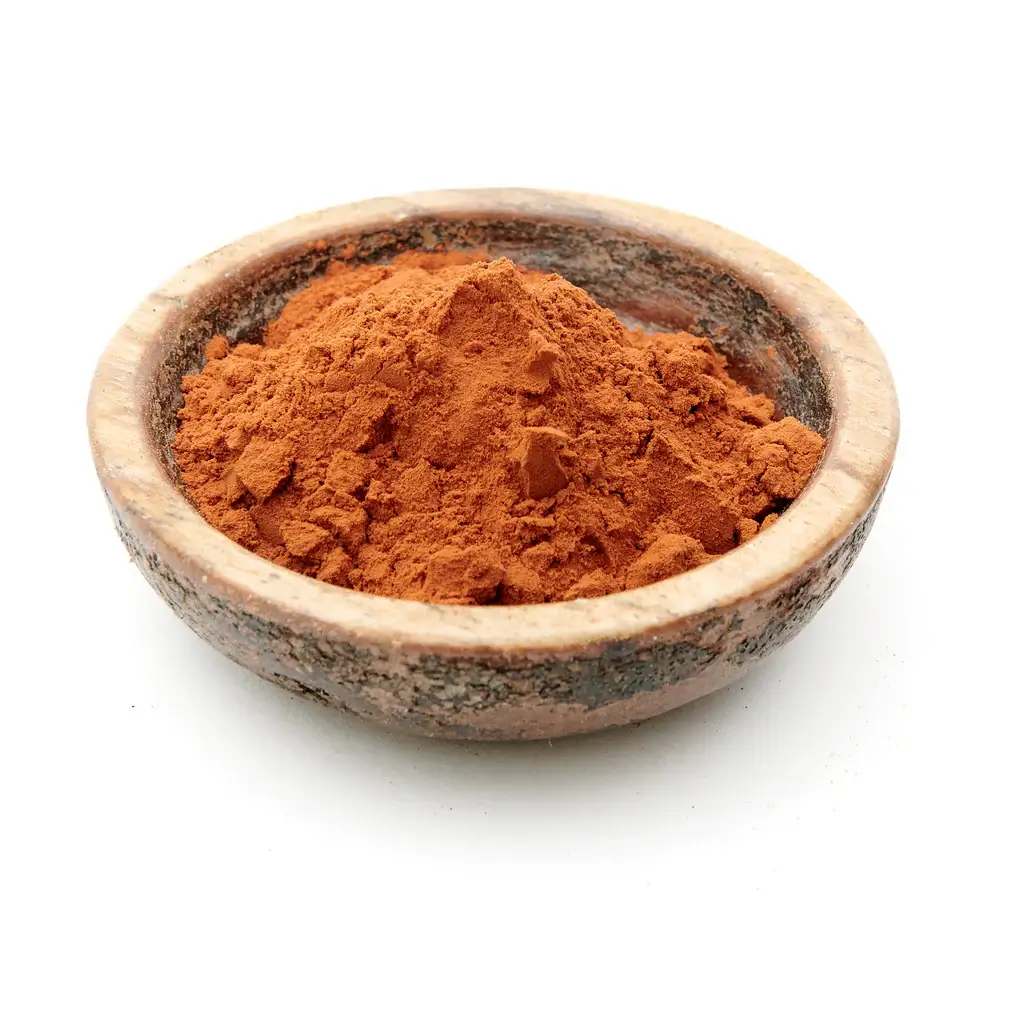
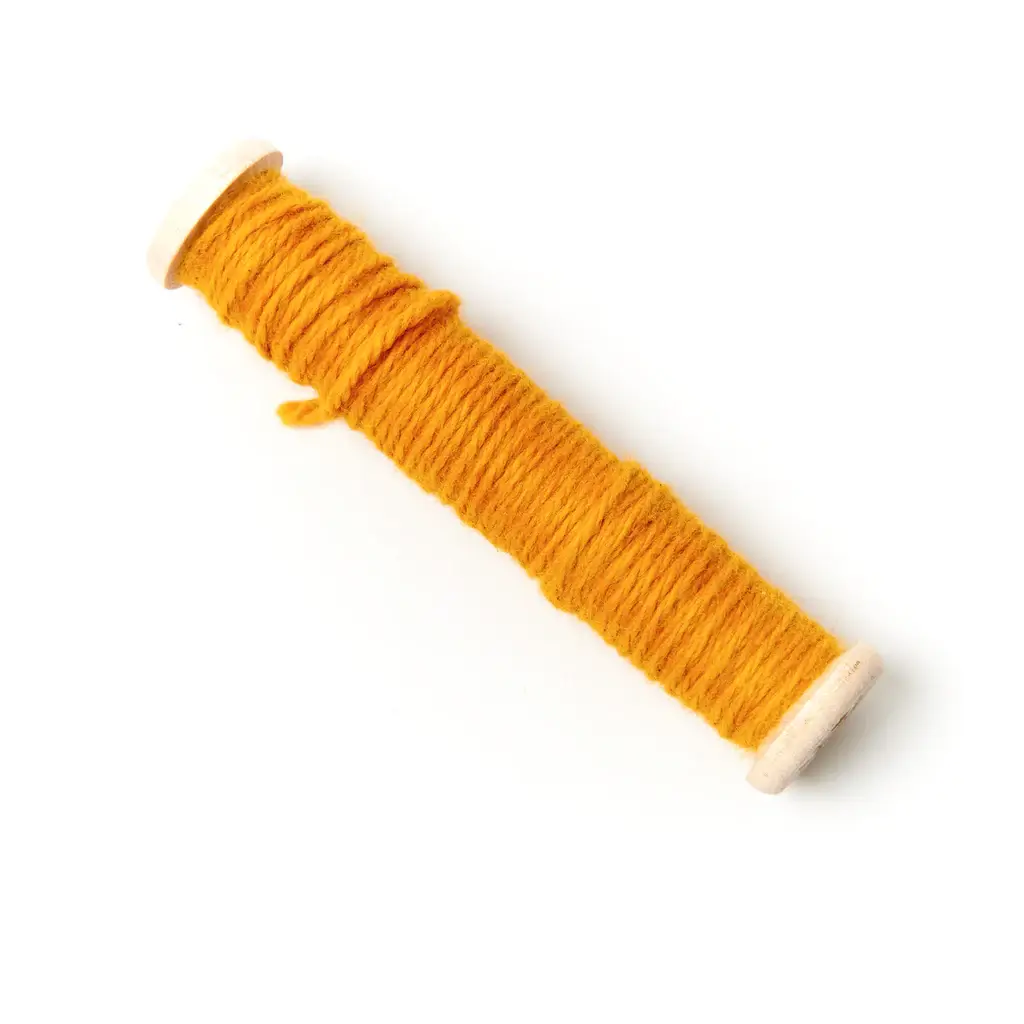
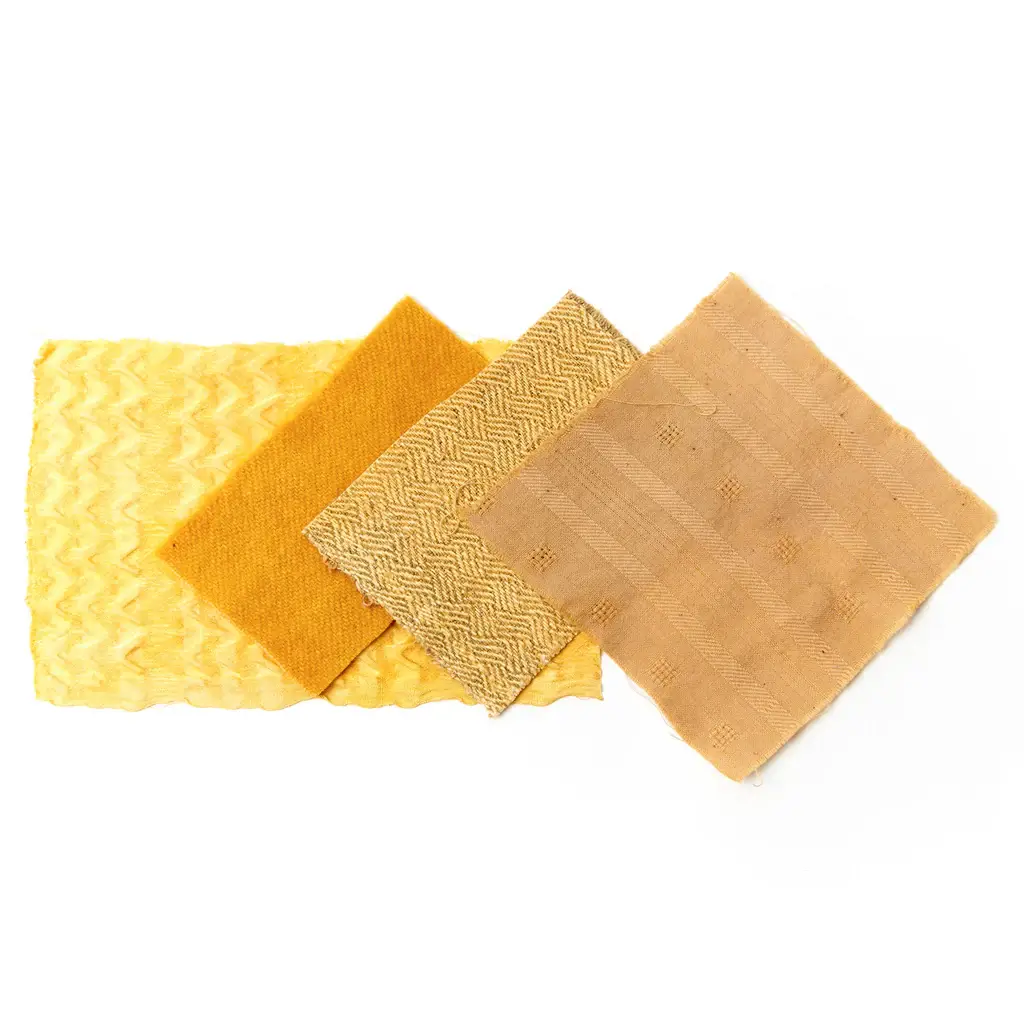
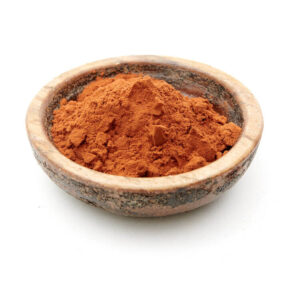
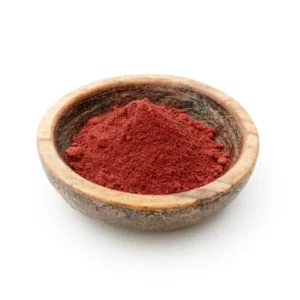
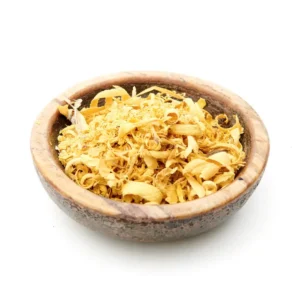
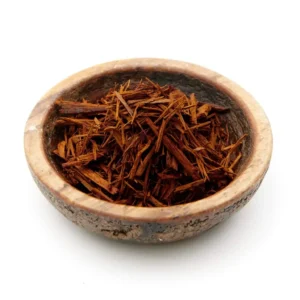
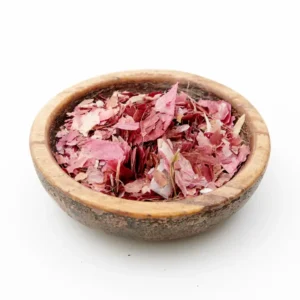
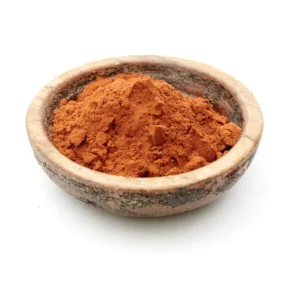
Reviews
There are no reviews yet.